Engineers have the last laugh: The Loretto Heights water tower caper of 1962
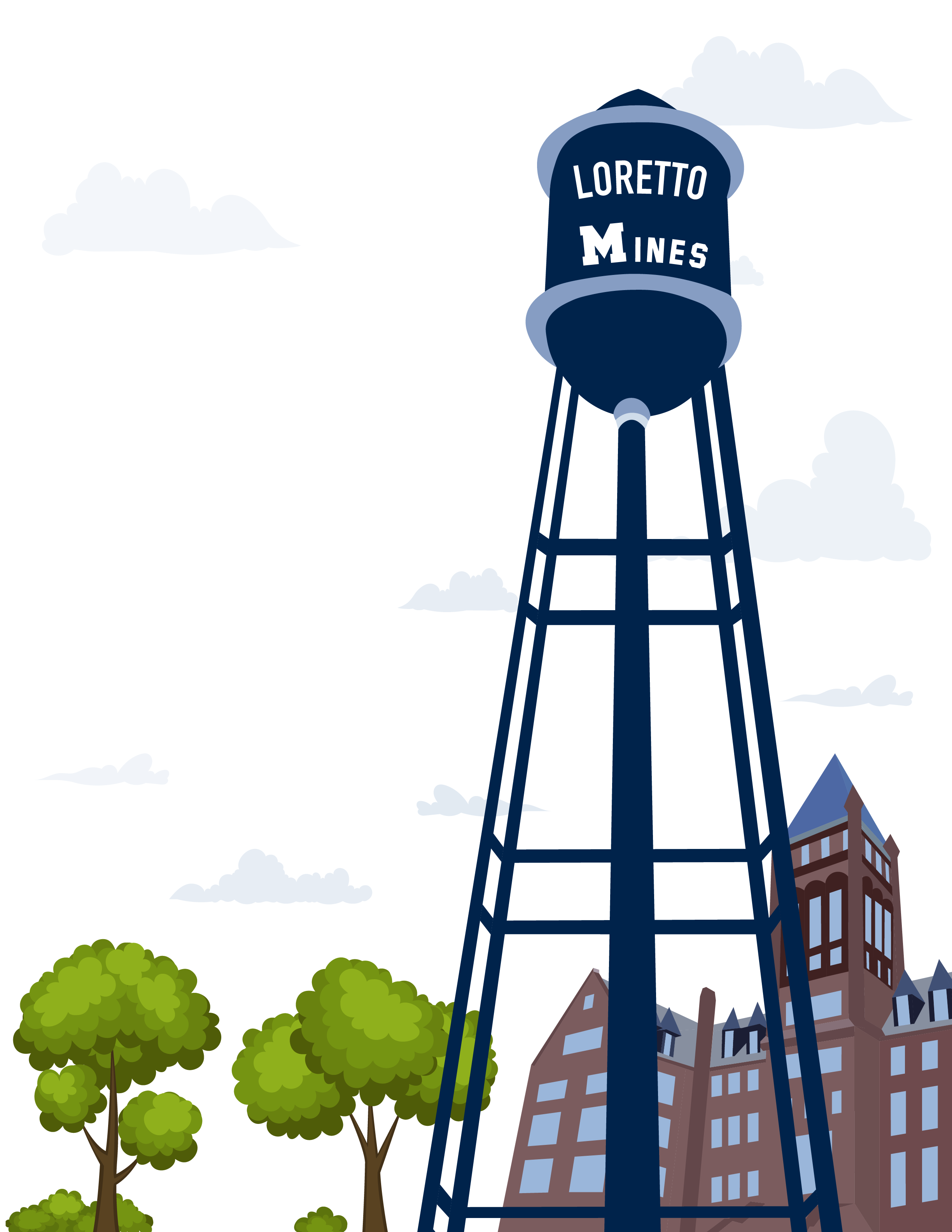
As students in the 1960s, Harold Heinze ’64 and his classmates were committed to a rigorous work ethic. “From Sundays at 6 p.m. to Fridays at 4:30 p.m., Mines was a serious place,” Heinze recalled. “You were a student and worked hard—that’s what you did.”
There were, however, two exceptions to that rule. “Friday evening until Sunday afternoon was fun time, and then there was the annual Engineer’s Day, or E-Day, a spring weekday when classes were canceled and everyone was given time to play in activities and contests on campus,” Heinze continued. In other words, it was the perfect day for a caper.
“No one would expect a bunch of college types to show up on a weekday and do what we were doing,” Heinze said. A half-dozen Mines dorm residents, including Heinze, were actually pulling off some high-elevation high jinks.
In the spring of 1962, the water tower at the neighboring all-girls school, Loretto Heights College, was ground zero for a graffiti war perpetrated by students from Mines’ local rival institutions: University of Denver (DU), Regis College and the U.S. Air Force Academy.
Under cover of darkness, DU students painted “Regis” on the tower in hopes of getting their rivals in trouble. When their plan failed, the students returned and painted over their handiwork. However, the Regis students liked the attention they got from having their name overlooking the Loretto Heights campus and climbed the tower and repainted their name.
Air Force Academy cadets soon joined the fun and replaced “Regis” with “U.S.A.F.A.” From then on, it was a game of back and forth, with Regis students again painting over the cadets’ handiwork and restoring their claim to the tower.
The Mines crew knew they couldn’t miss out on being a part of the friendly rivalry. “I don’t know who came up with the idea, but we all thought it was a good one—it was fun, different and didn’t entail damage to property,” Heinze said.
That last point was especially important, Heinze confessed. “As a freshman, I was involved with a prank at DU—the aluminum ‘Denver University’ sign was disassembled with ball-peen hammers. I got the ‘D,’” he explained. Unfortunately, DU campus police got Heinze’s license plate number, and he was presented with an ultimatum by Mines’ dean of students: pay $400 to replace the sign or be expelled. Heinze passed a hat around campus and quickly raised the funds to restore the sign and vowed that future pranks would involve no property damage.
The water tower caper struck Heinze and his friends as a perfect opportunity to have some good, clean fun. “We had been watching the whole thing unfold for several weeks and thought, ‘What a bunch of amateurs. They’re doing a lousy job lettering, and as engineers, we know how to do it right,” Heinze recalled.
The crew spent several weeks prepping for their strike, creating a “Mines” stencil with butcher block paper—the “M” was in perfect proportion to the other letters, Heinze proudly remembered—securing painters’ uniforms, even splashing a bit of whitewash on the truck they planned to drive to the site. “We knew the nuns at Loretto were watching the tower pretty closely, so we wanted to have a good story if they caught us in the act,” he said.
In the early hours of E-Day, Heinze and his classmates traveled to Loretto, climbed the tower, painted over “Regis” with a rectangular background and loosened the nuts holding the uppermost section of the ladder in place. Their plan was to return that night, spray-paint “Mines” on the tower and remove the highest section of the ladder so no one else could scale the tower and destroy their handiwork.
“The mother superior spied my classmate, Stan Lukezic ’65, on the tower that day—he was up there jumping on a four-foot wrench, trying to break the rusty nuts loose,” Heinze said. “She asked what he was doing. We told her he was tightening the nuts and, fortunately, not knowing the ‘righty tighty lefty loosey rule,’ she bought it.”
The team returned later that night to complete their work. “We worked quickly and were out of there in less than 30 minutes,” Heinze recalled with a laugh. “Two or three guys slapped up the stencil we’d made, spray-painted the letters on, removed the section of ladder we’d loosened and set off fireworks on the way down to illuminate our handiwork.”
It was a great gag and fun to pull off, but it was also a telling commentary on the members of the Class of 1964, Heinze said. “In an interesting way, the prank spoke to who we were, how we grew up and what was going on around us,” he said.
Born on the front edge of the post-World War II baby boom, Heinze’s generation was caught up in the space race with the Russians. “When Sputnik was launched in 1957, it made the education gap between Russia and the U.S. very clear, and my high school curriculum changed overnight,” Heinze said. “I and many others were identified as having engineering potential, so as a high school freshman, I was fast-tracked into math, chemistry and physics. It was a formative experience for me.”
Heinze and his classmates were also part of the generation sent to war in Vietnam after graduating college. Heinze and nearly every other graduate in the Class of 1964 entered the U.S. Army Corps of Engineers as second lieutenants after college, and almost all served in combat units. “While at Mines, we learned to work hard and keep a low profile,” he said, skills that helped carry him and his classmates safely through the war. “There were 200 graduates in our class, and not one was killed in Vietnam. That’s an amazing tribute to our resourcefulness and our good sense at keeping our heads down.”
But despite all the hard work and seriousness of completing his Mines degree, Heinze says the fun times were still important in setting him up for success later in life. “It’s hard to justify doing such a childish prank, but it was executed with some form, grace and thought,” Heinze said. “It was a nod to the school’s reputation—Mines turns out engineers who are action-oriented and know how to do something. It was in keeping with what we were all about.”

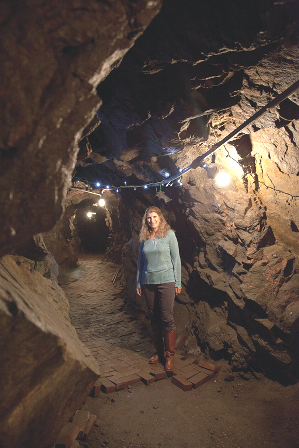
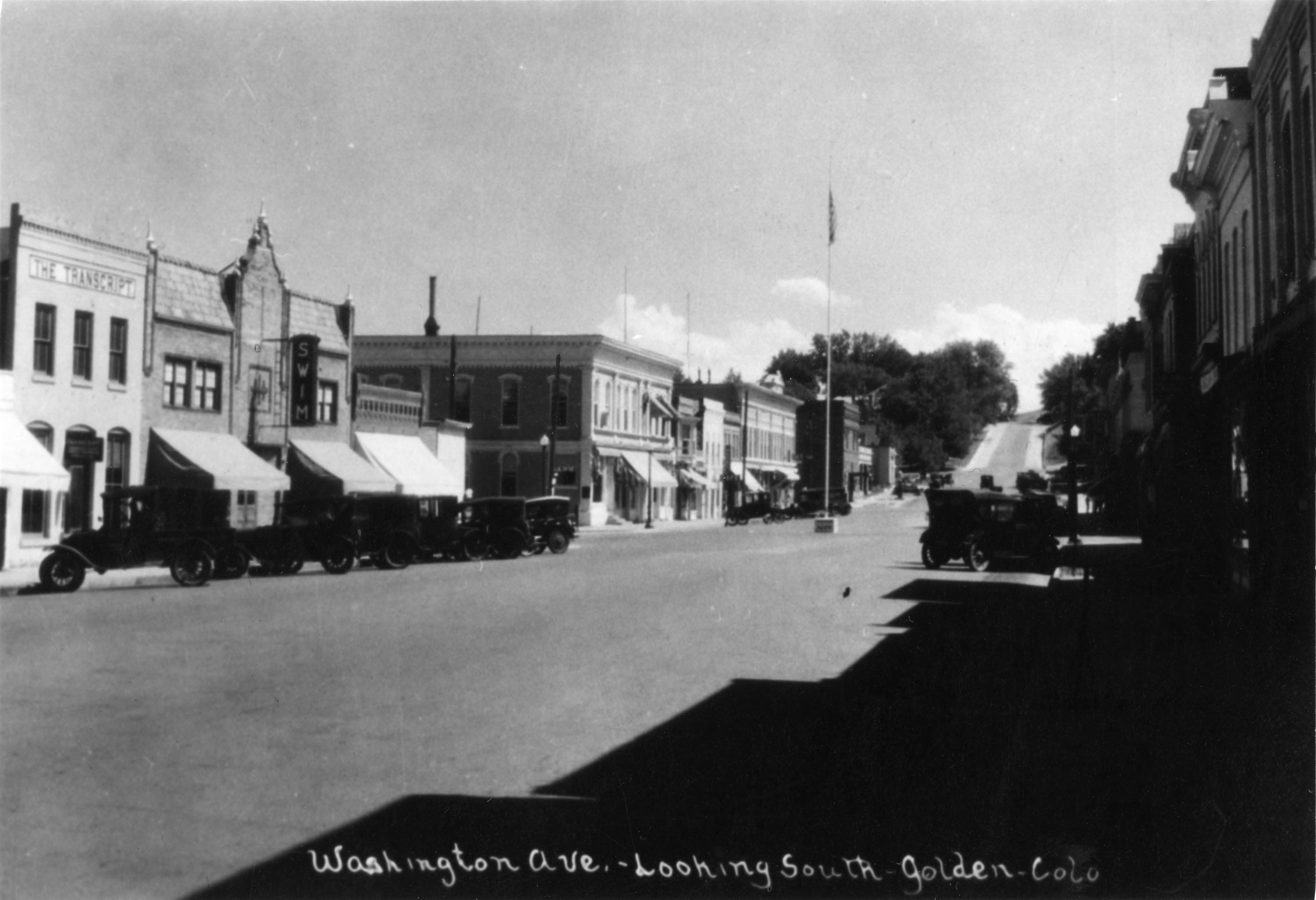
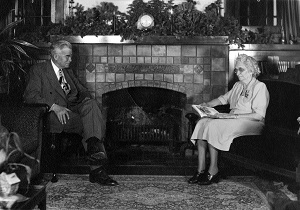
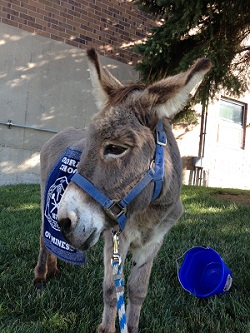

Harold, If you have ever met a Loretto Sister, you would know that, not only does she most likely know the ‘righty tighty lefty loosey rule’, but she also very likely knew exactly what you were doing and allowed you to have your fun, despite the fact that you were, indeed, damaging the Loretto community’s property. With all due respect to you and your classmates who were called to service with the space race and as second lieutenants in Vietnam for the U.S. Army Corps of Engineers, I hope you realize that while you certainly represented Mines well against our rivalry schools of the time, you did a poor job of representing Mines in the community as a whole.
This article did not make me proud to be an alumni of CSM. Luckily, other articles in this same issue of Mines Magazine redeemed my CSM pride, such as when I read about how the Mines Robotics Club won the national Applied Exoskeleton Competition for their design to help firefighters bear the load of their heavy equipment, how the Human Centered Design Studio is creating adaptive equipment for people with disabilities, and how Mines is joining Catalyst HTI to accelerate innovation and collaboration in the health care field.
I understand that times were different then. My hope is that Mines students these days would not consider or need such activities to cope with their stress but would instead be more influenced by, for example, the books recommended by the Leadership in Social Responsibility Interest Group that were listed on page 37.